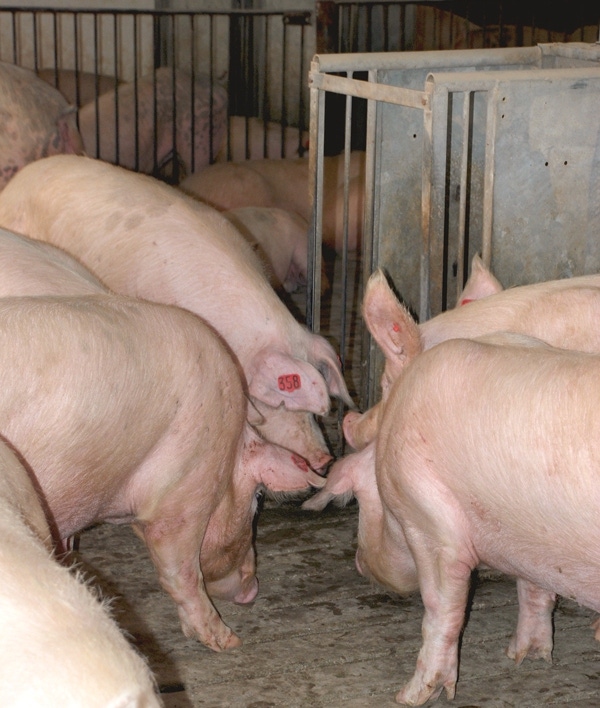Research Review: Melatonin appears to be the mediator between photoperiod and fertility.
December 12, 2017

Researchers: L.S. Arend and R.V. Knox, University of Illinois; L.L. Greiner and J.F. Connor, Carthage Veterinary Service, Ltd.
Seasonal infertility is an important problem facing the pork industry. The problem is evident as fewer bred sows are capable of producing a litter that can reach market weight in the subsequent year. Seasonal infertility associated with photoperiod in summer and fall is thought to be the cause of delayed puberty, increased wean to estrus interval and pregnancy failures. Melatonin appears to be the mediator between photoperiod and fertility.
Melatonin’s effect on fertility
A University of Illinois study was designed to test whether oral melatonin could improve fertility in summer and fall. Exogenous melatonin was provided before breeding and during early pregnancy while lighting intensity and temperature measures were obtained. The studies were performed at a 6,500-sow, breed-to-wean farm during June to September.
The University of Illinois research demonstrates the timeline for seasonal infertility in mature gilts and Parity 1 sows and suggests the involvement of lighting intensity and short-term melatonin on fertility.
Lighting environment
To improve seasonal fertility with short-term treatment, it will be important to understand how sows and gilts are programmed to lighting environments. Their prior programming may influence whether they have a positive, negative or neutral response to oral melatonin.
Further, short-term melatonin treatment affected delayed estrus expression after weaning in a sub-population of the sows. This is interesting because seasonal infertility only affects a sub-population of gilts and sows as well. The study results also revealed that lighting and temperature levels in breeding had significant effects on major fertility responses involving conception and farrowing rates. Collectively, our results provide evidence that lighting, acting through melatonin can impact fertility in swine. Although the mechanism of lighting and melatonin effects are not understood, we hypothesize that melatonin may interact with prior or current lighting exposure, to influence positive or negative fertility responses.
Fertility key priority
Because of the economic importance of meeting breeding targets, and the profitability associated with pigs per sow per year, methods that can improve the fertility of the breeding in summer and fall will remain a producer priority.
For the hog producer, non-productive days are estimated at $2-2.50 per day. Delayed breeding occurs in 10%-20% and conception failures, another 10%-20% in both mature gilts and weaned sows in summer and fall. Combined, these reduce pig production, increase costs and limit profit throughout the year.
For more information contact Knox.
You May Also Like



